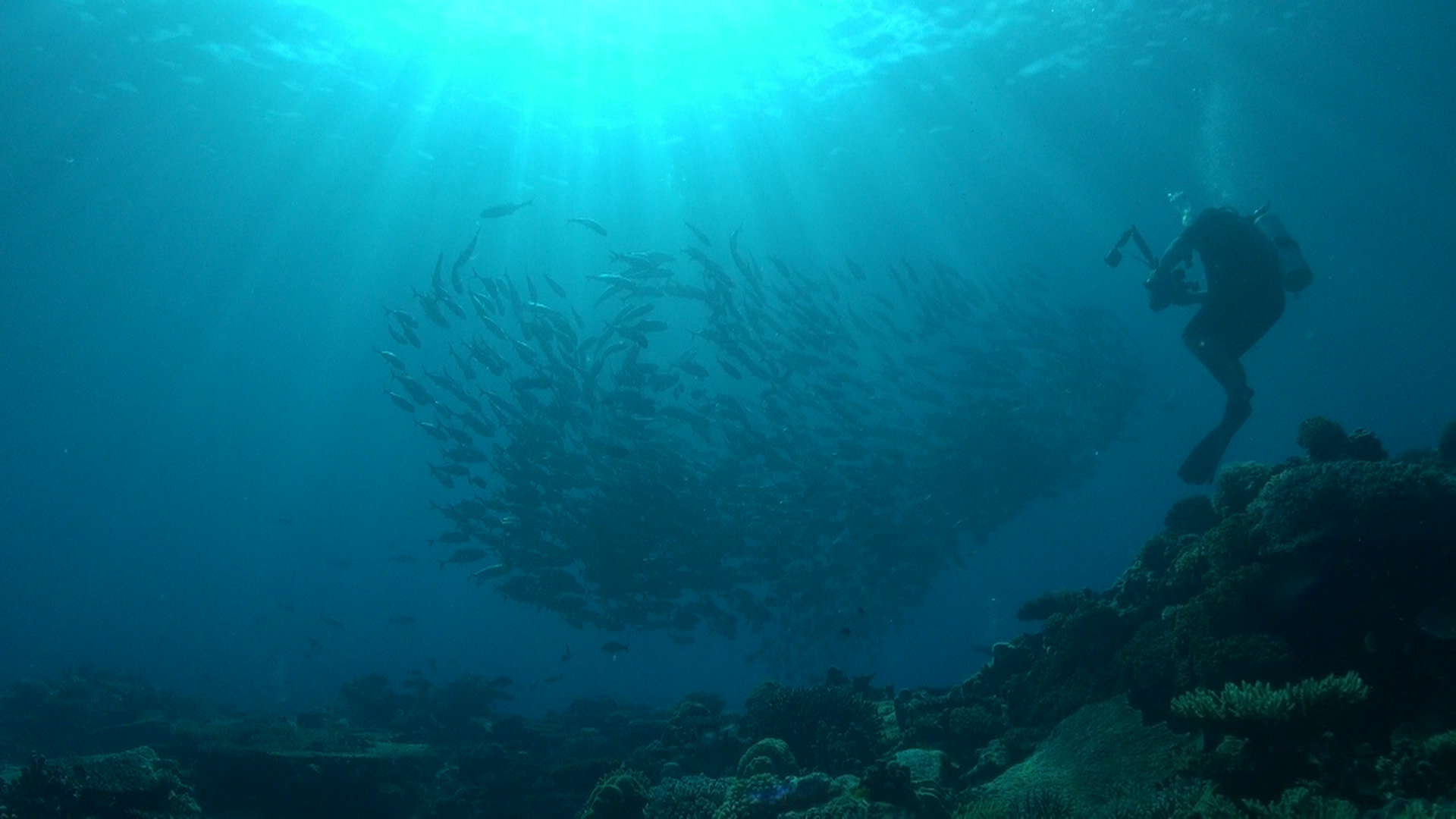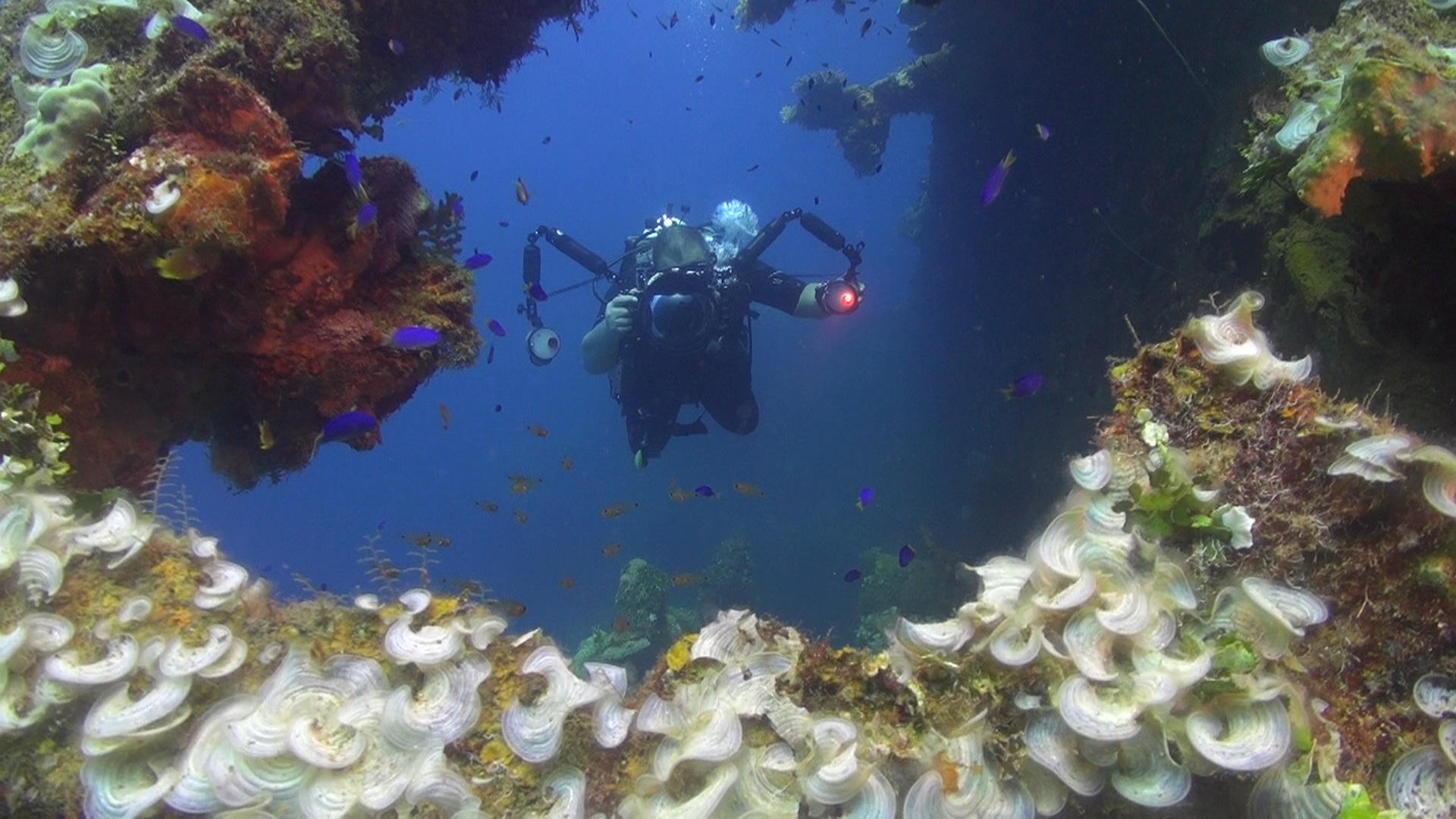There is a large selection of dive computers on the market. Many of them have adjustable “personal settings” and are used by the divers. However, many of the decompression settings are only arrived at by basic subtraction of numeric values such as altitude. So, the diver must evaluate all circumstances relevant to the specific dive and not look at the computer settings in isolation.
Dr. Martin Sayer also said that occupational divers in the UK and have set standards for the independent breathing gas supply that divers must have available to them to resurface in emergencies. The problem with setting such standards is that the breathing rate and air consumption varies significantly, not only from person to person, but also in the same person depending on the depth and type of work that is being done. In their studies they found that the breathing rates in certain situations can be as high as 134 l/m. Seeing that current dive cylinders only have a compressible pressure of 230 bar.
The hyperbaric facilities in England and Wales also have to belong to the BHA to be able to receive funding. They have regular appraisals done to keep the standards high. The appraisal is a modification of the Scottish standard of appraisal. This is a good way to keep the “good” and get rid of the “bad and the ugly”.
Dr Martin Sayer is at the head of the UK National Facility for Scientific Diving, as well as the West Scotland Centre for Diving and Hyperbaric Medicine. He also has many other appointments in the fields of diving and underwater technology.
Dr. Martin Sayer was one of the main speakers at the recent SPUMS Annual Scientific meeting that was held in Palau.


